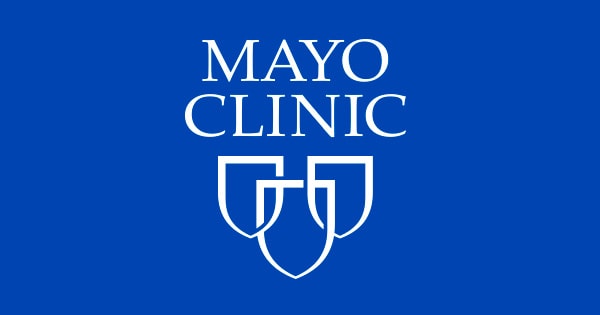Contaminated parsley imported from southern Europe has been linked to at least 150 E. coli cases in Sweden.
Over 100 people were infected by Enterotoxigenic E.coli (ETEC) and Enteropathogenic E. coli (EPEC) after eating food during a conference in Jönköping at the end of October. A similar outbreak sickened 50 people in Stockholm.
In Stockholm, people were infected around the same time at a restaurant that served parsley from the same producer. This led health officials to believe it was likely parsley from Italy that caused the outbreaks.
A total of 104 participants at the conference reported they had suffered illness. Samples were taken from four cases. Analysis showed they were infected with different combinations of pathogenic E. coli such as ETEC, EPEC, and Enteroaggregative E. coli (EAEC).
Initial food testing did not show any bacteria, parasites or viruses that could have caused the outbreak, but further cultures in the laboratory confirmed ETEC and EPEC.
Linking outbreaks and tracing product
The Swedish Food Agency (Livsmedelsverket) is following up on the incident using the EU’s alert systems. Authorities in Italy have been informed so they can contact the producer and investigate what happened.
The Public Health Agency of Sweden (Folkhälsomyndigheten) has sequenced isolates of ETEC from two cases in Jönköping and Stockholm. Results show they are very similar, indicating that the outbreaks in the two municipalities have a common source.
“We do not know how the parsley has become contaminated but must wait for the investigation. Outbreaks of this size are relatively rare but do occur from time to time in the country. It is important that we manage to trace the source of infection,” said Monica Kollberg from the environmental and health protection office in Jönköping.
ETEC is transmitted by food or water contaminated with animal or human feces. Infection can cause watery diarrhea and abdominal cramping. Illness develops one to three days after exposure and usually lasts three to four days. Symptoms rarely last more than three weeks.
EPEC is spread by food or water contaminated with animal or human feces. It can also be transmitted after touching an animal, person, or contaminated object. Symptoms include watery diarrhea, dehydration, fever, and vomiting. They usually occur four to 12 hours after exposure, which can take days.
In November, Sweden reported 14 cases of norovirus linked to oysters from France, and in October, goat’s milk cheese, also from France, was behind an outbreak of Cryptosporidium with seven infections.
(To sign up for a free subscription to Food Safety News, click here.)
Note: This article have been indexed to our site. We do not claim legitimacy, ownership or copyright of any of the content above. To see the article at original source Click Here













